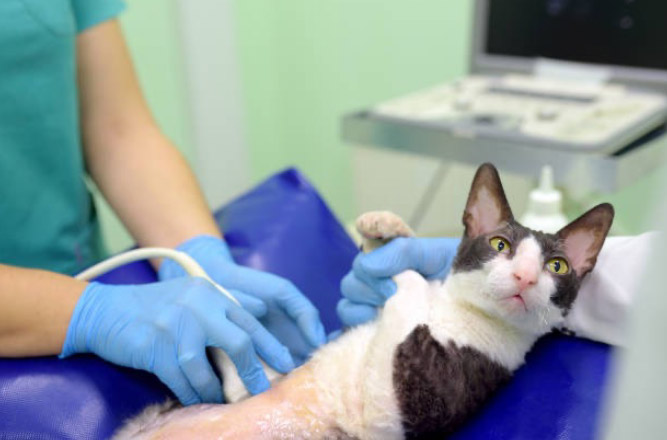The Importance of Pet Insurance with the Rising Cost of Veterinary Care

Modern veterinary care has evolved dramatically. From digital X-rays and advanced surgeries to specialized treatments like chemotherapy and physical therapy, pets can now receive medical care that rivals human healthcare. However, as we all know, these advancements come at a cost.
A routine vet visit can easily run between $100 and $300, while emergency surgeries may cost anywhere from $2,000 to $10,000 or more. Chronic conditions, such as diabetes or allergies, can also lead to hundreds of dollars in monthly expenses. Recent studies show that these rising costs are creating significant financial strain for pet parents, with nearly half of owners reporting worry over unexpected veterinary bills and 39% going into debt to cover medical care. One report found that one in seven pet owners are living in “pet poverty,” struggling to afford even basic care, while another revealed that 15% faced over $3,000 in surprise veterinary costs alone.
As a result, many pet owners are making difficult sacrifices. 58% have skipped dining out to afford pet needs, 39% have cut back on hobbies or personal spending, and 9% have even considered rehoming a beloved pet due to financial pressure. The data also shows that 22% of pet owners currently carry more than $2,000 in pet-related debt, while 7% owe an average of $2,200 specifically tied to their pet’s care.
Experts attribute these challenges to several factors: the underestimation of lifetime pet care costs, rising prices for both routine and emergency veterinary services, and a lack of dedicated savings or pet insurance.
Without financial protection, many pet owners face heartbreaking situations where they must choose between their pet’s health and their own financial stability, which is why pet insurance is gradually gaining popularity as a proactive solution.
And why, now more than ever, your team needs to be comfortable discussing the benefits of pet insurance with clients. Many insurance companies offer the first 30–60 days of coverage for free, and plans can often be customized to fit a pet owner’s financial situation. Whether an owner chooses a plan that includes routine care or focuses solely on emergency coverage, some insurance companies even offer direct pay to veterinary hospitals, reducing the financial strain on clients at the time of treatment.
Your team should know key insurance terms and understand some important differences between policies so they can clearly explain the benefits and help pet owners make informed decisions:
- Annual limits: These vary widely between plans. When possible, clients should consider a policy with no annual limit, or a higher one, such as $10,000 to $20,000, since serious illness or injury can become costly very quickly.
- Reimbursement vs. direct pay: Many pet insurance policies operate on a reimbursement model, meaning the owner pays the bill upfront and is reimbursed after submitting a claim. For clients with limited finances, a plan that offers direct payment to the veterinary practice may be a better fit.
- Pre-approvals: Some insurance companies provide pre-approval options so owners know in advance how much they will be reimbursed.
- Pre-existing conditions: Most insurers review medical records and may exclude conditions that existed before coverage began.
- Wellness coverage: Some owners may want to include a wellness plan that covers routine visits, vaccinations, and preventive care.
- Deductibles: Make sure owners understand how much they’ll pay out of pocket before insurance kicks in.
- Comparison tools: Encourage pet owners to use resources such as Pawlicy Advisor, which allows them to compare multiple insurance plans side by side.
Ultimately, having pet insurance helps give clients peace of mind. It allows them to say “yes” to the best treatment options without the added stress of figuring out how to pay for care. Instead, they can focus on what matters most, the recovery and well-being of their pet.
(Sources: Synchrony 2025 Pet Lifetime of Care Study; MetLife Pet Insurance “Pet Poverty” Report; WWLP News)
Written by Tim Burns



